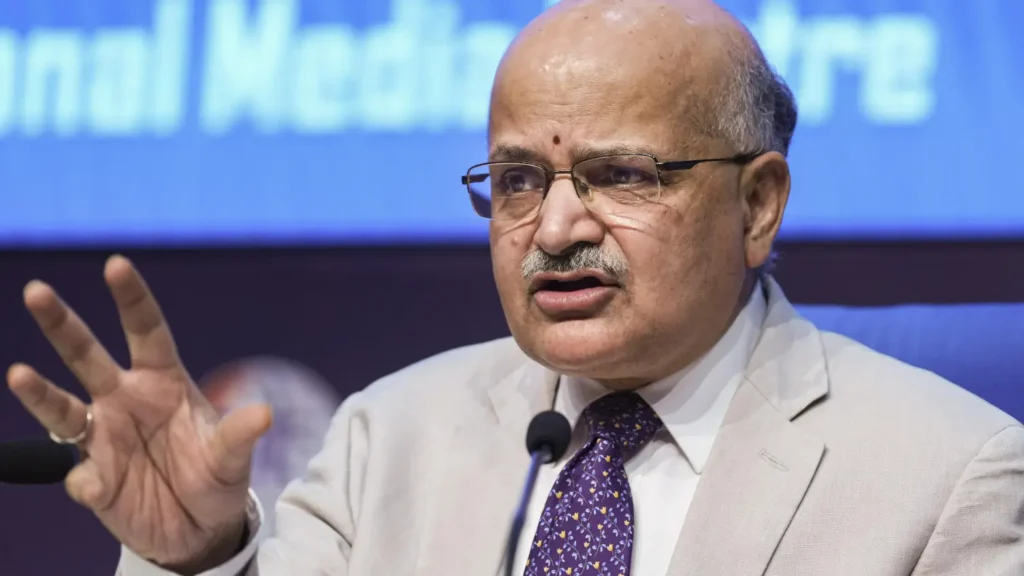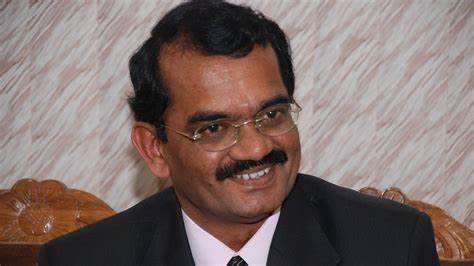How Did India Achieve the $4 Trillion Economy Milestone?
In a historic milestone, India has overtaken Japan to become the world’s fourth-largest economy, with its GDP reaching $4.187 trillion in 2025, according to International Monetary Fund (IMF) data. This achievement, celebrated as a testament to Prime Minister Narendra Modi’s economic policies over the past 11 years, marks a significant leap from India’s $2 trillion economy in 2014. Driven by transformative initiatives like Make in India, Digital India, and GST reforms, India’s growth trajectory has outpaced global peers, positioning it to potentially surpass Germany within the next two to three years.
NEWS OF THE YEAR - India is now officially 4th largest economy in the world. pic.twitter.com/sFufuSWauQ
— News Arena India (@NewsArenaIndia) May 25, 2025
India’s rise to the fourth-largest economy, with a GDP of $4.187 trillion in 2025, is the result of a decade-long journey under Prime Minister Narendra Modi’s leadership. Starting at $2 trillion in 2014, when India ranked 10th globally, the economy grew steadily: $2.1 trillion in 2015, $2.3 trillion in 2016, $2.9 trillion by 2021, and now $4.2 trillion. This 103% growth over 11 years, as per IMF data, reflects consistent policy reforms and strategic initiatives. Key drivers include the 2014 Make in India campaign, which boosted manufacturing, and the 2015 Digital India mission, which expanded digital infrastructure, making India a leader in UPI and BHIM transactions. The 2017 GST reform simplified taxation, while the 2020 Atmanirbhar Bharat Abhiyan promoted self-reliance in sectors like defense and manufacturing. These efforts, coupled with ₹10 lakh crore in capital expenditure in 2023, have created a robust economic framework, enabling India to surpass Japan, which saw a -1.3% GDP decline.
What Policies and Initiatives Fueled India’s Economic Growth?
🚨 OFFICIALLY CONFIRMED
— Megh Updates 🚨™ (@MeghUpdates) May 25, 2025
🇮🇳 India OVERTAKES Japan to become the world's 4th largest economy, confirms Niti Aayog CEO. pic.twitter.com/oI3mKOTFWu
BIG BREAKING NEWS 🚨 HISTORY CREATED by Modi Govt 🔥🔥
— Times Algebra (@TimesAlgebraIND) May 25, 2025
UNBELIEVABLE !! Only PM Modi can do this.
India overtakes Japan to become 4th largest economy in the world.
India becomes $4 trillion economy.
NITI Aayog CEO predicts that India will become 3rd largest economy in the… pic.twitter.com/gHVXdzuxfx
The Modi government’s economic policies have been pivotal in transforming India into a $4 trillion economy. Each year brought a flagship initiative to boost growth. In 2014, Make in India encouraged domestic manufacturing, attracting global investment. The 2015 Digital India mission revolutionized connectivity, with India leading in digital transactions. Startup India (2016) fostered entrepreneurship, creating a vibrant startup ecosystem. The 2017 GST reform unified India’s tax structure, easing business operations.
Ayushman Bharat (2018) improved healthcare access, while Pradhan Mantri Kisan Yojana (2019) supported farmers, bolstering rural economies. The 2020 Atmanirbhar Bharat initiative emphasized self-reliance, reducing import dependency. The 2022 Digital Rupee launch advanced financial inclusion, and the 2023 ₹10 lakh crore CapEx allocation spurred infrastructure development. Additionally, 17 states have aligned with national goals by preparing vision documents, ensuring cohesive growth. These policies, backed by strong implementation, have driven India’s economic surge, earning global recognition from the IMF and NITI Aayog.
How Does India’s Growth Compare Globally?
India’s 103% GDP growth from 2014 to 2025 outshines major economies, positioning it as a global economic powerhouse. The United States, with a 65.8% GDP increase, remains the largest economy, followed by China at 75.8%. Germany, currently third, grew by 43.7%, while Japan’s -1.3% GDP decline allowed India to overtake it. This growth occurred despite global challenges like the COVID-19 pandemic and tariff wars, which India navigated effectively through strategic trade negotiations and domestic reforms. The IMF projects India’s GDP to grow by 6.3% in 2026, far above the global average, signaling resilience amid a gloomy global outlook. NITI Aayog CEO BVR Subrahmanyam predicts India could surpass Germany within 2.5 to 3 years, potentially reaching a $5 trillion economy by 2028. India’s ability to maintain stability and growth amid global conflicts underscores its economic diplomacy and policy foresight.
India’s ascent to the fourth-largest economy, with a $4.187 trillion GDP in 2025, is a remarkable feat driven by Narendra Modi’s visionary policies over the past 11 years. From Make in India to Atmanirbhar Bharat, strategic reforms have propelled India past Japan, with sights set on overtaking Germany by 2028. The 103% GDP growth, outpacing global peers, reflects India’s resilience amid challenges like COVID-19 and tariff wars. While domestic critics highlight income inequality, the government’s inclusive initiatives and robust economic framework position India for sustained growth. As India eyes a $5 trillion economy, its journey underscores the power of policy intent and execution, cementing its role as a global economic leader.





















